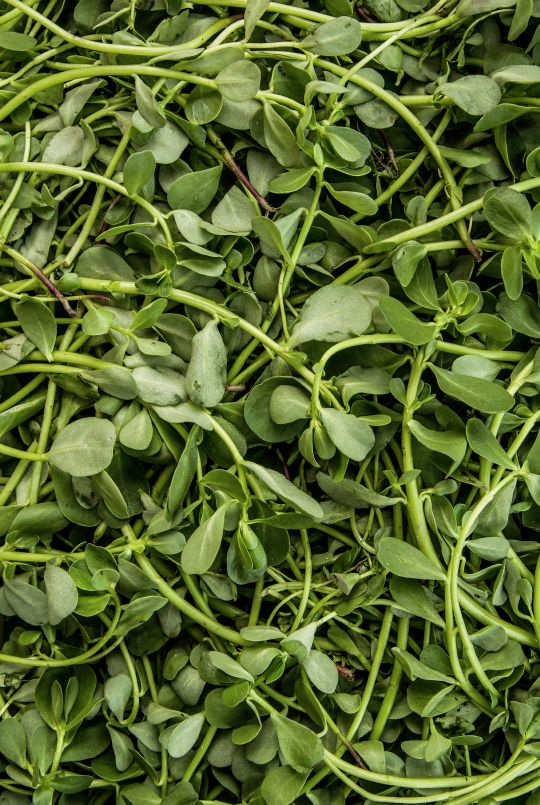

FISH, CHILEATOLE, QUELITES
(10 servings)

Process:
FOR THE CHILEATOLE
1
7 pz of poblano pepper burned, sweaty and clean. (Without veins, peel, or seeds)
1pz of onion (350g)
100 g coriander (blanched)
100 g epazote (bleached)
150 g of cooked white corn, ground in its cooking broth and strained
4 cloves of garlic
Sautéed the onion, garlic and chilies in a pot.
Once cooked, grind in a blender or thermomix until obtaining a smooth sauce without lumps.
Strain return to cooking and add the previously strained corn atole. Cook for 20 min,
Grind the leaves in a blender with the help of a little of the cooking broth until obtaining a super fine texture. Add them to the previous mixture and cook for 5 more minutes. Rectify salt and reserve.
FOR THE ESQUITES
2
200 g fresh corn
10 g epazote
3 pz of marrow
100 g onion
30 ml lemon juice
c/s of salt
Cook the corn kernels in water with a little epazote and onion.
Bake the marrows at 180 ° C for 12 min previously seasoned, once ready add to the cooked corn with a little of the same cooking water, finish with salt and lemon.
FOR THE POBLANO CHILE PUREE
3
6 poblano peppers (burned, peeled and cleaned)
1 onion (350g)
4 cloves of garlic
150 ml whipping cream
50 g sour cream
150 g of mashed potatoes (passed through mashed raisins or Chinese strainer)
Sautéed the onion, garlic and chili peppers in a pot. Once golden, add the whipping cream and sour cream. Reduce until almost dry.
Grind with the help of a blender or thermomix until obtaining a smooth puree without lumps. Strain.
For every 400ml add 150g of puree and incorporate with the help of a whisk.
Rectify salt.
FOR THE LEMON VINAIGRETTE
4
50 ml lemon juice
150 ml olive oil
2 g salt
Mix all the ingredients until you get a homogeneous mixture.
Rectify flavor and reserve.
FOR LA DANTELA
5
100 ml of water
20 g cornmeal
33 g oil
1 g of salt
Place all the ingredients in a thermomix and grind at speed 10 for 1 min.
In a frying pan with Teflon pour a little of the mixture and cook until it becomes firm, cut with a mold of your choice and reserve.
FOR THE FISH
6
Portion the fish in a weight of 40g and put in a brine, with a radius of 80g x liter of water for 7 min.
Pack in a vacuum bag and cook in a thermocirculator at 60 ° C for 2 min, then seal in clarified butter on the skin side and reserve for serving.
PLATE UP
On a plate, place a quenelle of poblano puree, left a tablespoon of esquites with marrow on it and next to the puree place the fish. Add the dentella de quelites over the skits.
In a bowl, place purslane and spicy leaves, add eureka lemon vinaigrette, mix and reserve.
Add the leaves on the dentella and finish with onion rings, spicy leaves, quelites, fennel flower and wild coriander. Place the chileatole in a jar and sauce on the table.
FOR PRESENTATION
7
100 g of Clean Purslane
20 pcs of nasturtium (cut with a 1cm diameter cutter)
10 pz of Pápalo clean and cut (with a 1cm diameter cutter)
15 g of Clean Pipicha
30 pz suehilung leaves
30 pz of thin scallion rings (1cm diameter)
15g of Wild Cilantro
30 pz of quelites
10 g of huauzontles
30 pz of epazote leaves
30 pz of Fennel Flower















